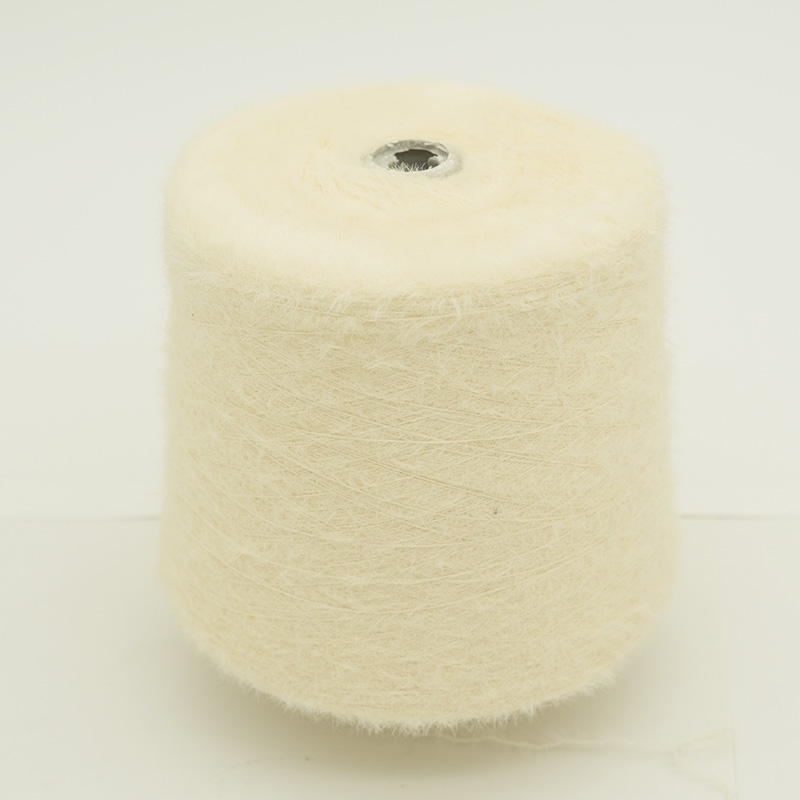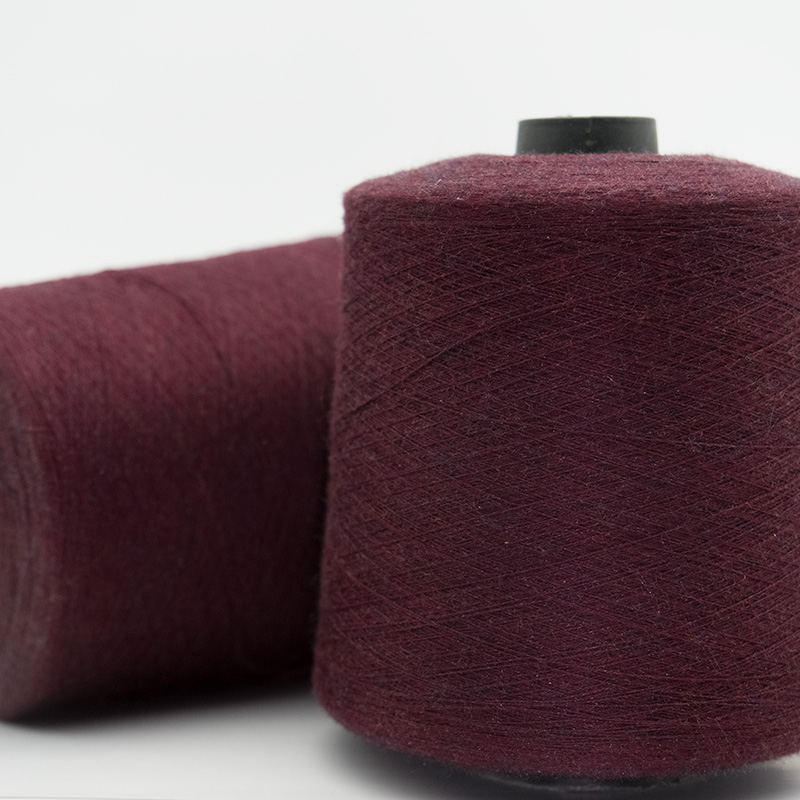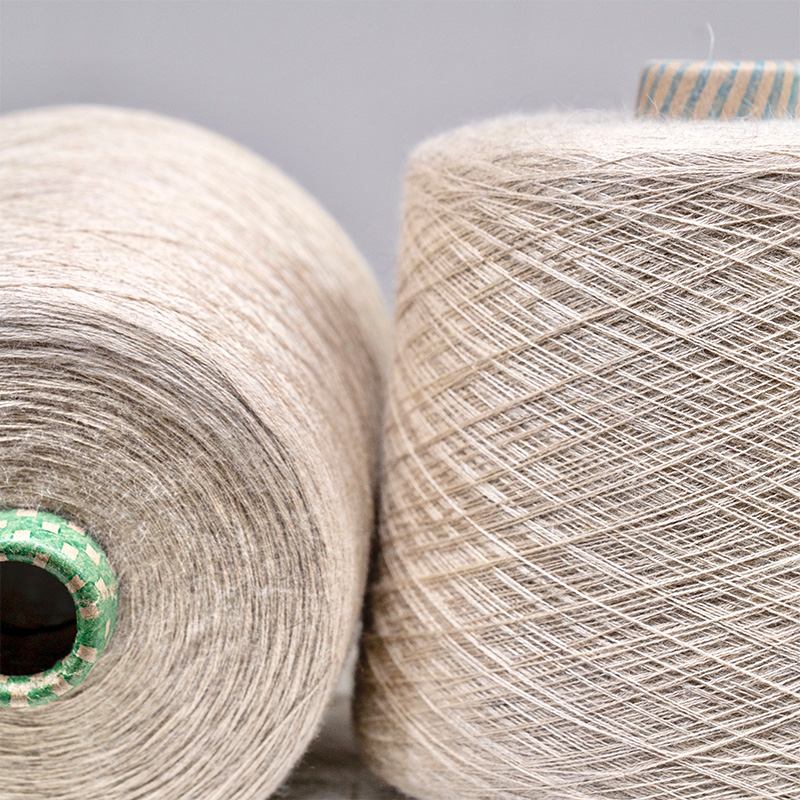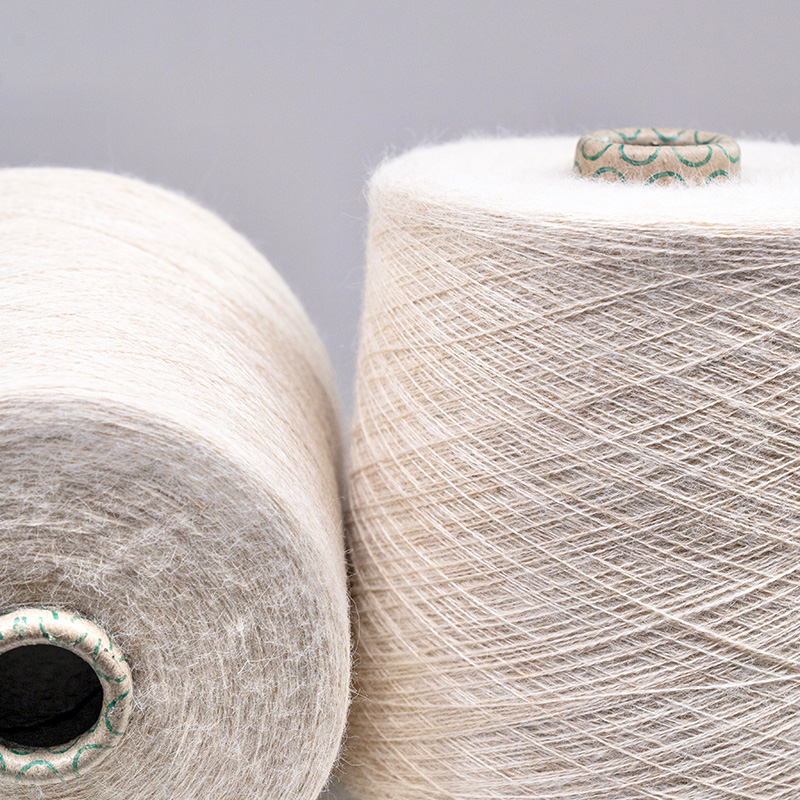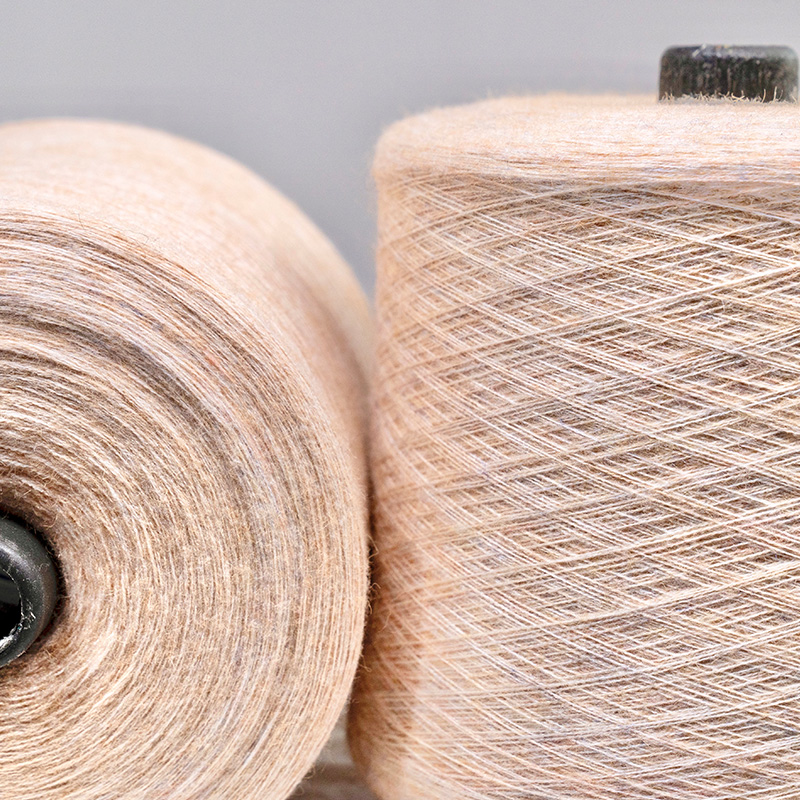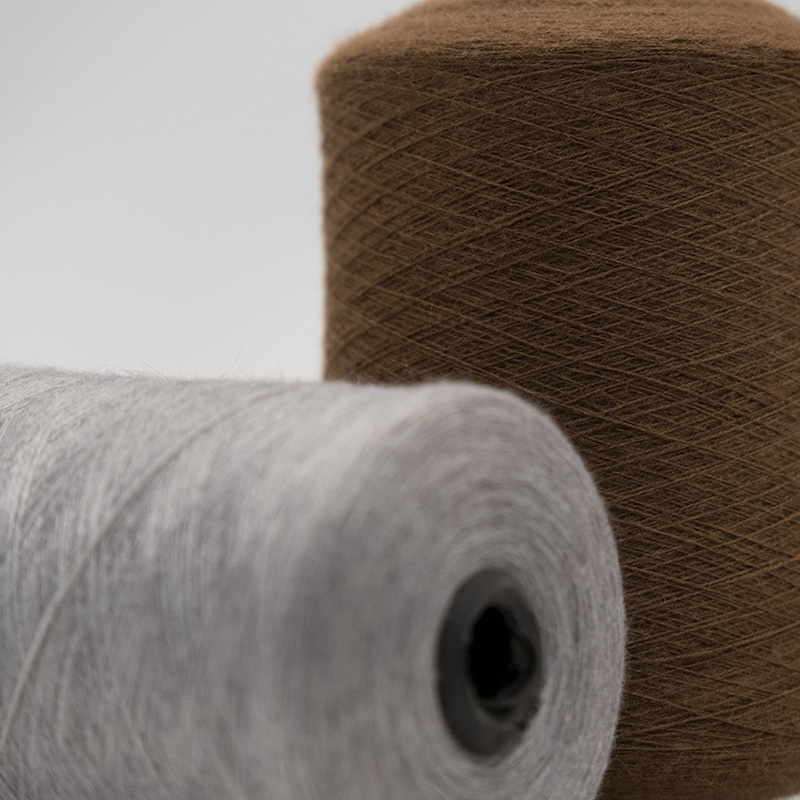Ordinary core yarn Suppliers
About Us
The main business of Wanteng is to produce and operate all kinds of artificial cotton yarn. The company has 60,000 spindles, with an annual output of 11,000 tons of yarn. Our products are designated as special yarns by famous enterprises in Jiangsu, Zhejiang and Guangdong.
News
-
Industry News 2025-12-09
Ivory vs White Veil: What's the Difference? When it comes to wedding veils, choosing between ivory and white is one of t...
View More -
Industry News 2025-12-05
What Is Salwar Kameez Commonly Made From? Salwar kameez is traditionally crafted from a variety of fabrics chosen for co...
View More -
Industry News 2025-11-24
The Origins of Elastic for Clothing Elastic, a material that stretches and returns to its original shape, was first used...
View More -
Industry News 2025-11-19
What is Ramie Fiber? Ramie fiber is a natural plant fiber obtained from the stalks of the ramie plant (Boehmeria nivea),...
View More -
Industry News 2025-11-13
Introduction to Natural and Synthetic Fibers Fibers play a crucial role in the textile industry, serving as the basic bu...
View More
Ordinary core yarn KNOWLEDGE
What types of garments or products are typically made using ordinary core yarn?
Garments and products made using ordinary core yarn typically include:
Knitwear: Sweaters, cardigans, pullovers, and other knit garments benefit from the stretchability and comfort provided by ordinary core yarn.
Jeans and Denim Apparel: Ordinary core yarn is often used in the manufacturing of denim fabric for jeans, skirts, jackets, and other denim apparel, providing flexibility for ease of movement.
Sportswear and Activewear: Performance-oriented clothing such as leggings, athletic tops, and sportswear often utilize ordinary core yarn for its stretchability, allowing for a snug yet flexible fit during physical activities.
Undergarments: Bras, underwear, and other intimate apparel benefit from the comfort and support offered by ordinary core yarn, especially when combined with elastic fibers like spandex.
Casual Wear: T-shirts, casual pants, shorts, and other everyday garments can incorporate ordinary core yarn to enhance comfort and durability for daily wear.
Outerwear: Jackets, coats, and vests may utilize ordinary core yarn in certain parts of the garment to provide added flexibility and comfort without compromising on warmth or structure.
Accessories: Items such as hats, scarves, gloves, and socks can also be made using ordinary core yarn to ensure a comfortable and flexible fit.
Children's Clothing: Garments for children, including onesies, leggings, and pajamas, often utilize ordinary core yarn to accommodate their active lifestyles and growing bodies.
Can ordinary core yarn be dyed or treated for specific aesthetic or functional purposes?
Ordinary core yarn can be dyed or treated to achieve specific aesthetic or functional purposes, depending on the desired outcome and the type of fibers used in the core yarn. Here are some common dyeing and treatment methods for ordinary core yarn:
Dyeing: Ordinary core yarn can be dyed using various dyeing techniques, including traditional dyeing methods such as vat dyeing, fiber-reactive dyeing, or pigment dyeing. The choice of dyeing method depends on the type of fibers in the core yarn and the desired colorfastness and color intensity.
Blending: Core yarns with different fiber compositions can be blended together before dyeing to achieve unique color effects or to enhance specific properties, such as moisture-wicking or thermal insulation.
Finishing Treatments: After dyeing, ordinary core yarn can undergo finishing treatments to improve its hand feel, appearance, or performance. This may include processes such as softening treatments, anti-pilling treatments, or water-repellent finishes.
Printing: In addition to dyeing, ordinary Ordinary core yarn be printed with patterns, designs, or logos using techniques such as screen printing or digital printing. This allows for customization and branding opportunities in textile products.
Specialty Treatments: Depending on the intended use of the yarn, specialty treatments may be applied to enhance specific functional properties. For example, moisture-wicking treatments can be applied to core yarns used in activewear to keep the wearer dry and comfortable during physical activity.
Performance Enhancements: Core yarns containing elastic fibers like spandex can undergo additional treatments to enhance their stretch and recovery properties. This may involve heat setting or mechanical stretching to optimize the elasticity of the yarn.



 English
English русский
русский Español
Español 中文简体
中文简体

